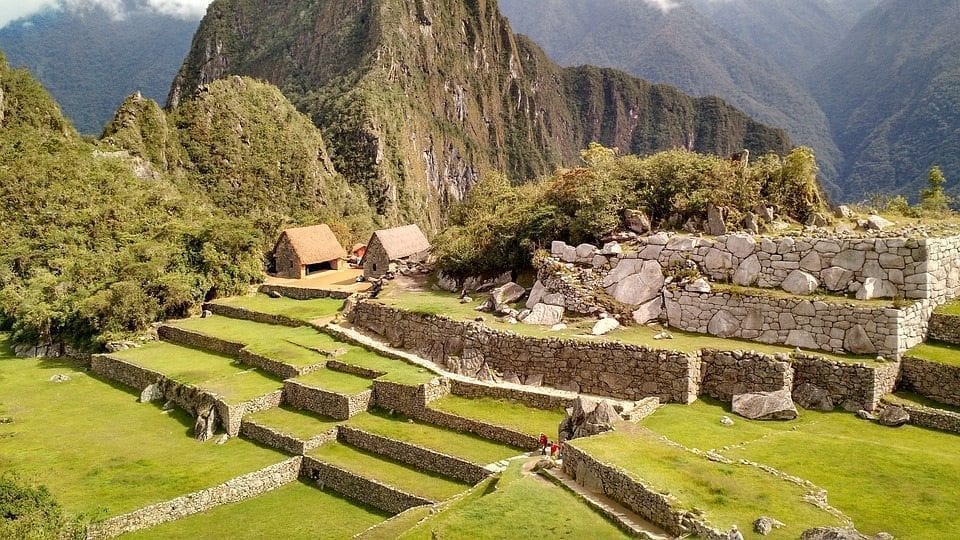Machu Picchu was declared a UNESCO World Heritage Site in 1983 and, by 2007, had already been recognized as one of the New Seven Wonders of the Modern World.
For many—foreigners and Peruvians alike—Peru has long been seen as a land once filled with Inca gold, later looted by the Spanish, and now the proud home of a civilization that left behind a priceless legacy: monuments, cities, culture, and sprawling archaeological complexes of almost unimaginable precision.
But high in the Peruvian Andes stands an ancient city that continues to steal the spotlight: Machu Picchu, now recognized by the History Channel as one of the greatest archaeological discoveries in human history.
In a recent article published on its Spanish-language website, the History Channel named Machu Picchu among the top eight most important archaeological discoveries of all time. First brought to global attention in 1911, the site revealed new and vital insights into the Inca civilization.
Archaeology, the science that studies humanity’s past through material remains, owes much to discoveries like this. “Here’s a list of the most significant archaeological finds of all time,” the article states.
Credit is due to the History Channel, which continues to highlight historical, cultural, and natural wonders around the globe, helping promote tourism and awareness of world heritage.
Beyond its historical recognitions, Machu Picchu has left an indelible mark on global tourism. Even when Lima was not yet a major tourism hub—and now, despite Lima’s rise as a key destination with new attractions emerging—Machu Picchu still stands as the top draw, especially for international tourists arriving via Jorge Chávez International Airport. It remains unbeaten in popularity.
According to the History Channel, the other seven archaeological wonders alongside Machu Picchu are: the city of Pompeii, the Terracotta Army, the Rosetta Stone, the Behistun Inscription, Angkor Wat, the Lascaux Caves, and the Dead Sea Scrolls.
Recent studies suggest Machu Picchu was built in the 14th century. Located in the Urubamba province of Cusco, this ancient city rests on rugged mountain terrain within the Sacred Valley of the Incas, 132 kilometers from Cusco. Access is only possible via the Inca Trail—carved by the Incas themselves.
Machu Picchu is a city of ruins that defies explanation. Building such a complex in such an inaccessible and treacherous location was a feat comparable to constructing the Egyptian pyramids or Stonehenge.
Who were these Incas, really? And why did they build on such challenging terrain? Was it pure devotion to their gods or a cosmic curiosity that drove them to such architectural mastery? Or was it simply intended to be the royal retreat of Emperor Pachacútec?
These are just a few of the many unanswered questions about this awe-inspiring site.
Some even speculate about extraterrestrial influence or divine intervention. Others credit sheer human intellect and ingenuity. Whatever the case, the magnitude, mystery, and scientific wonder of Machu Picchu have shaken Peru—and the world—to its core.



